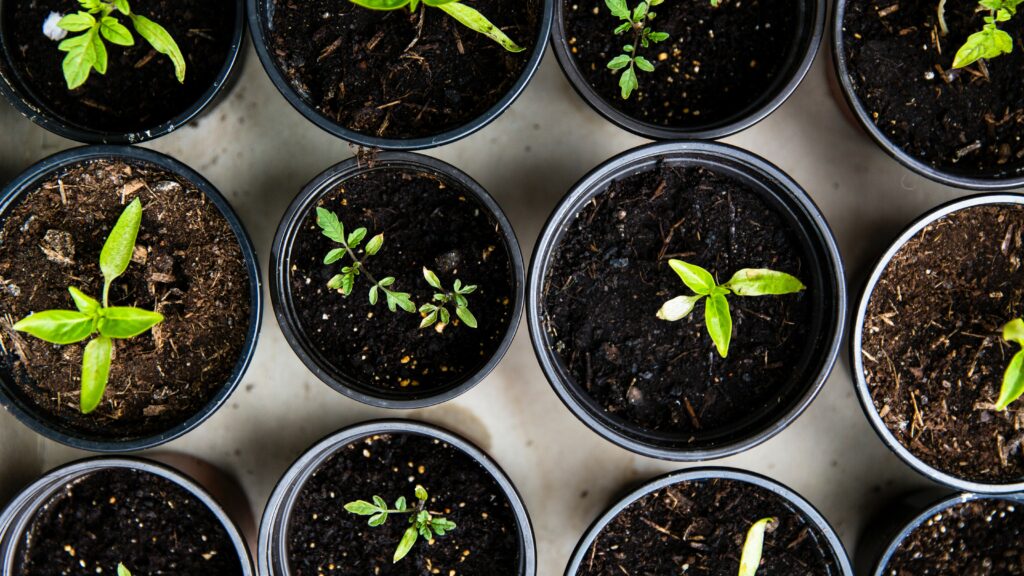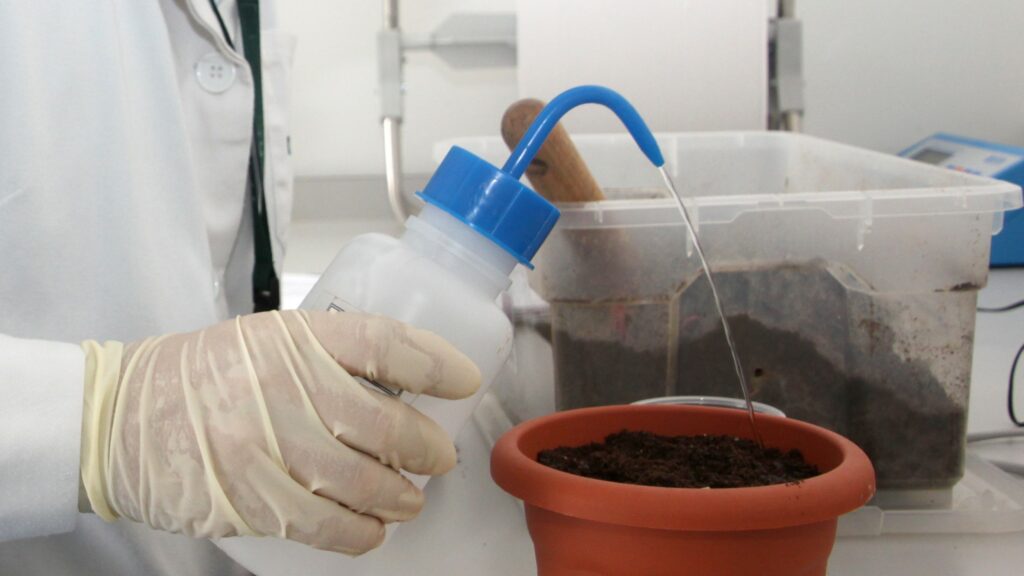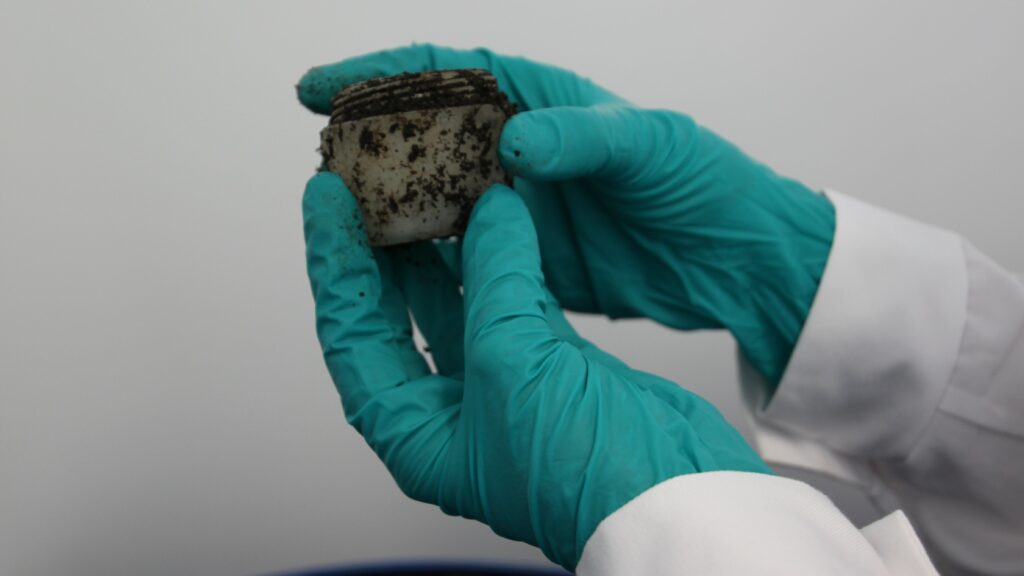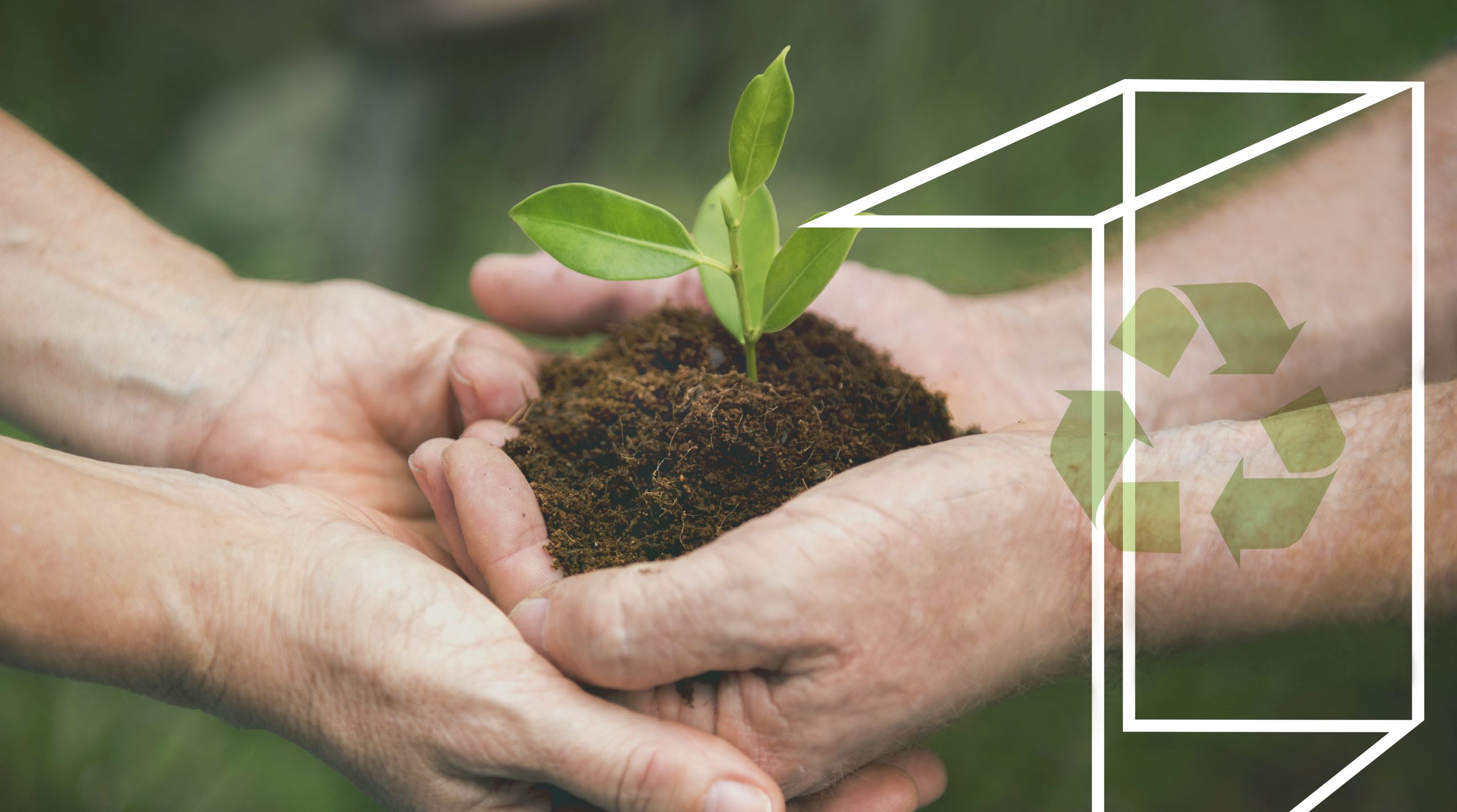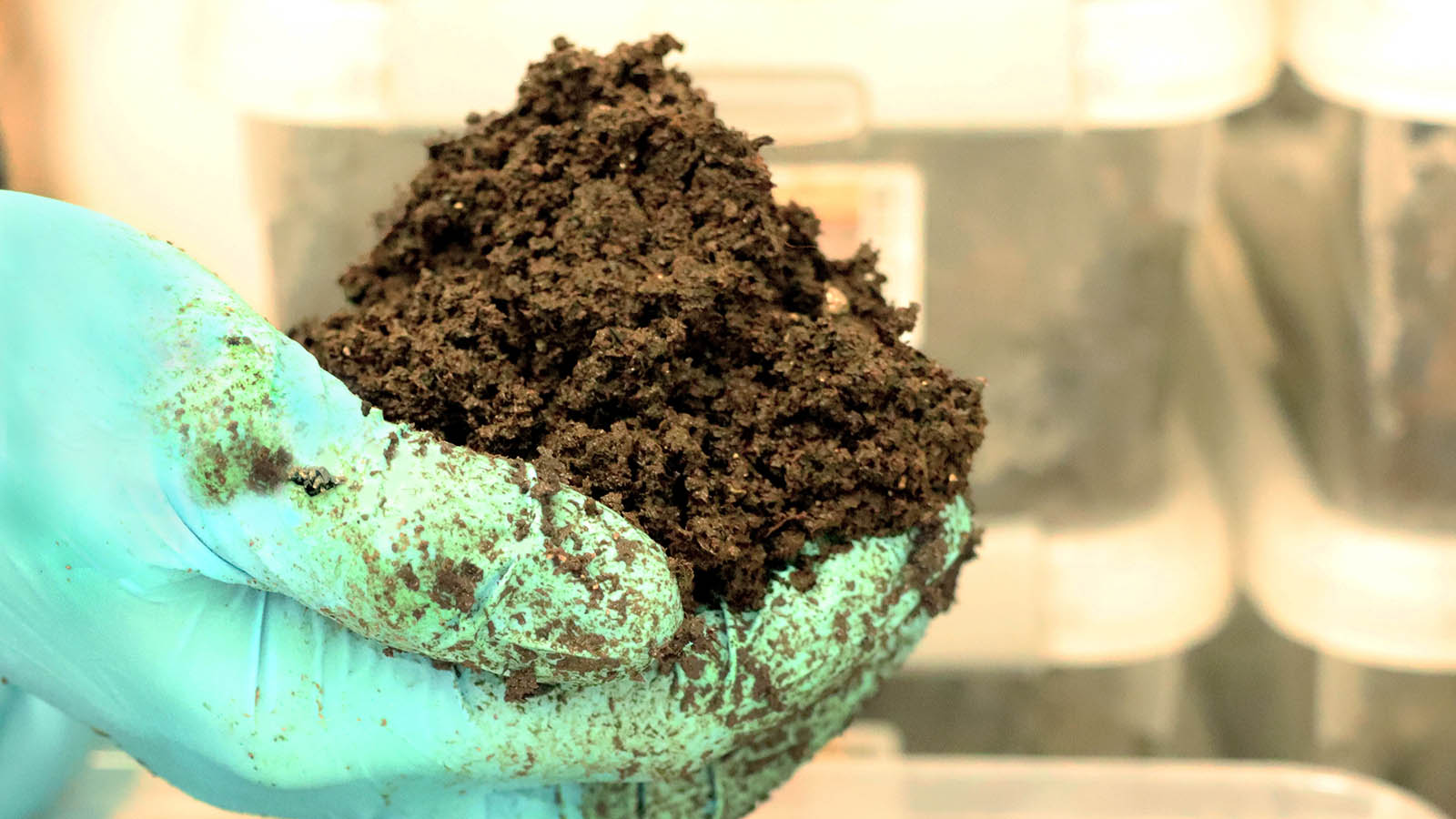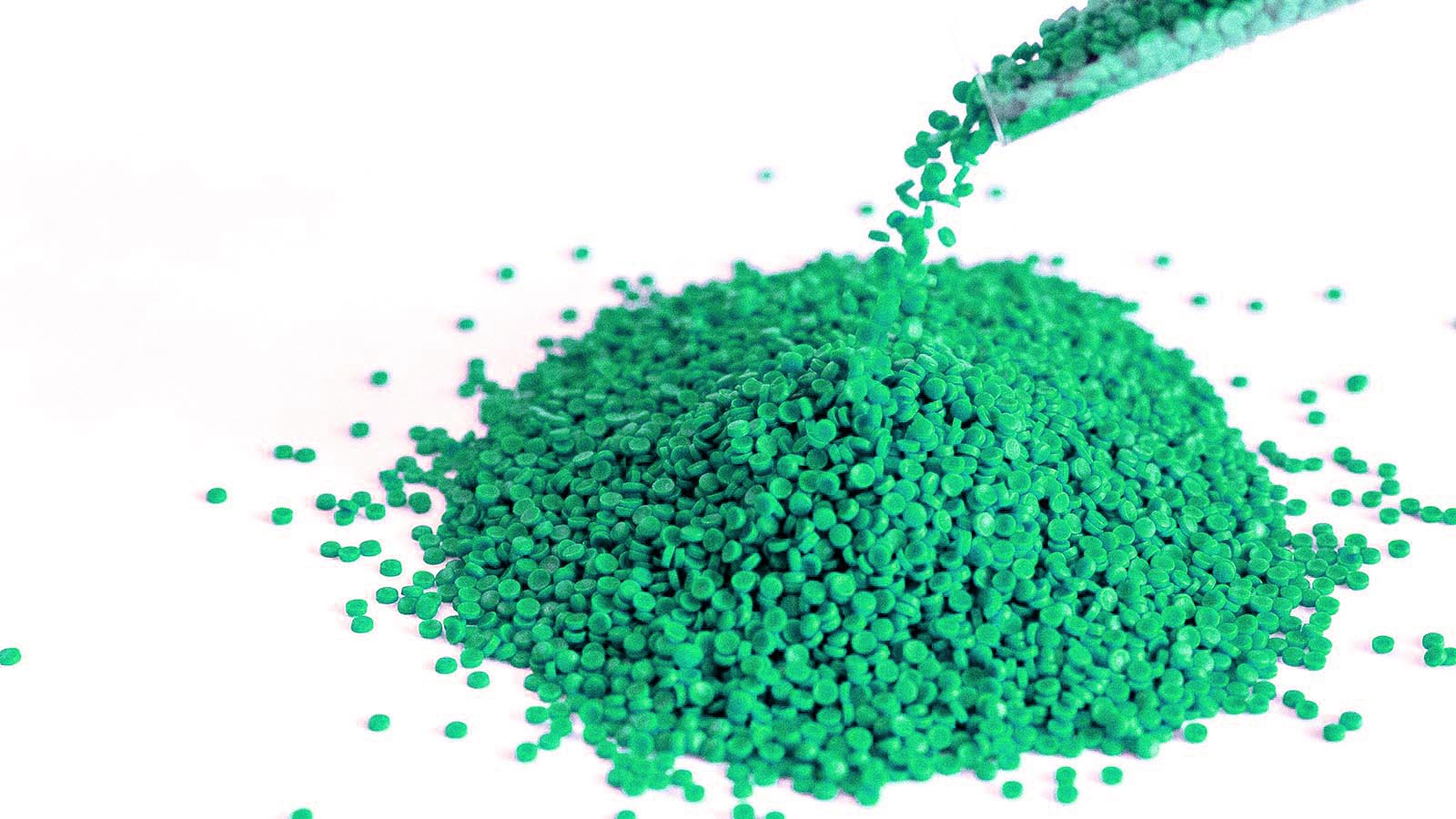What are the main differences between biodegradable and compostable?
The compostability of an organic material is the property that defines its ability to be transformed into compost through a composting process.
Moreover, in the packaging sector, compostability is one of the alternatives included in the European Union’s (EU) Action Plan for a Circular Economy in Europe. This plan establishes that all packaging must be reusable or recyclable by 2030, the latter including compostable packaging as it is organically recyclable.
At the national level, sustainability objectives are reflected in the recent approval of the Spanish Law on Waste and Contaminated Land for a Circular Economy and the Royal Decree on Packaging and Packaging Waste.
Specifically, the Waste Law seeks to reduce the consumption of certain single-use plastic products.
To this end, the agents involved in their commercialisation will make progress in reducing their consumption by means of alternatives such as compostable materials. It also states that local authorities will be able to collect, together with bio-waste from the organic brown bin, packaging waste and other waste in accordance with the requirements of the European standard UNE EN 13432:2001, as well as other European and national standards on compostability in the field.
For its part, the Royal Decree indicates that the labelling of compostable plastic packaging must indicate that the packaging is certified according to the aforementioned standard, as well as other European and national standards on compostability under industrial or domestic conditions, if applicable. It also states that packaging designed to be compostable shall not hinder the separate collection and composting process.
Read on to find out more in this article:
1. What is the meaning of compostability?
2. What is a biodegradable material?
3. What is the difference between biodegradability and compostability?
4. Compostability certificate
5. What does it mean that a material is compostable under domestic conditions?
6. What does it mean that a product is industrially compostable?
7. What are the advantages of compostable materials?
1. What is the meaning of compostability?
A compostable material is one that can degrade by the action of organisms producing carbon dioxide, water, inorganic compounds and biomass in a controlled period of time and under certain conditions.
For a product, such as packaging, to be considered compostable, it is essential to demonstrate its compostability by completing the four steps:
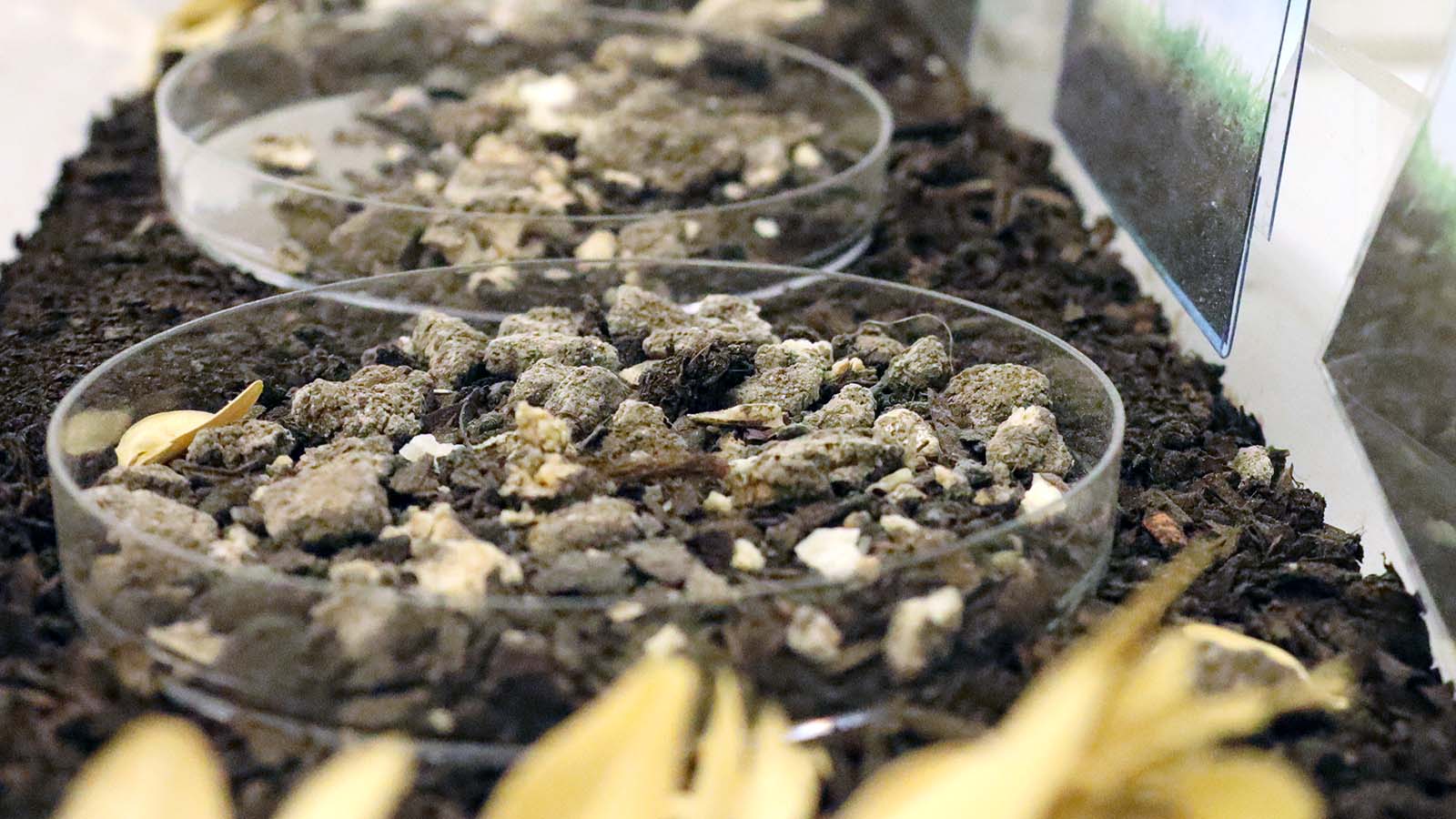
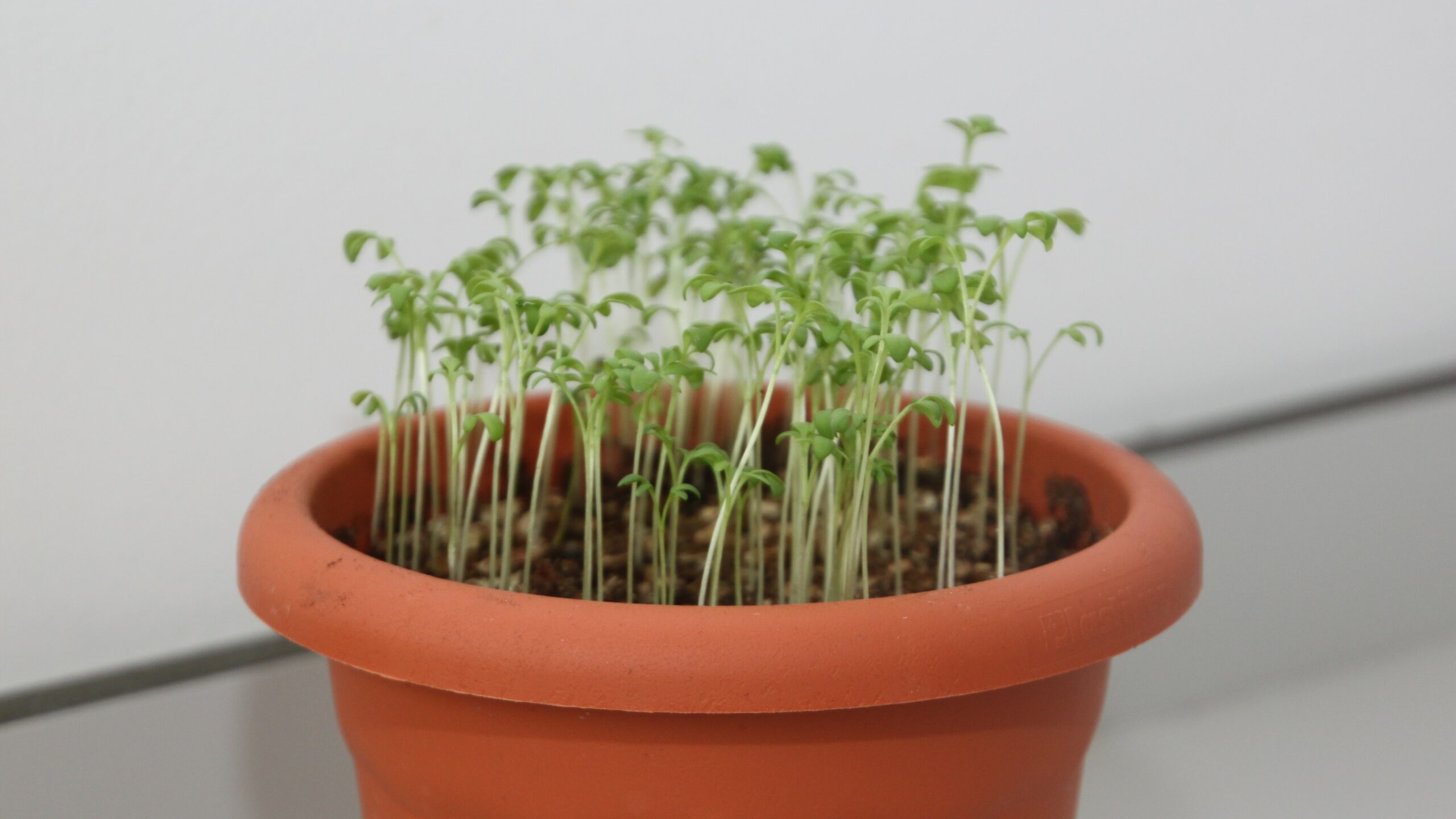
- Material characterisation (6 weeks duration): Organic matter content and levels of regulated metals and other hazardous substances are determined.
- Biodegradation (6 months for industrial compostability and 12 months for domestic): Biodegradation levels of the product, material, intermediate or additive are assessed.
3. Disintegration (3 months for industrial and 6 months for domestic): The physical disappearance of a material is tested in a pilot-scale and laboratory-scale compostability test.
4. Compost quality (6 weeks): The physicochemical properties of the compost obtained are analysed and toxicity tests are carried out on plants.
According to the Spanish Royal Decree on Packaging and Packaging Waste, compliance with the requirements on the manufacture and composition of packaging and on the nature of reusable and recoverable packaging, including recyclable and compostable packaging, must be certified by ENAC or the national accreditation body of another EU member.
In Spain, ITENE’s laboratories are the only ones accredited to perform these four phases defined by EN 13432, the harmonised standard corresponding to the requirements for compostable packaging.
2. What is a biodegradable material?
A biodegradable material is one that can decompose due to the action of biological agents such as bacteria or plants under natural environmental conditions that transform these substances into nutrients, carbon dioxide, water and biomass.
3. What is the difference between biodegradability and compostability?
Compostable materials will always be biodegradable under composting conditions due to their ability to decompose through the activity of micro-organisms in a controlled environment, whereas biodegradable materials may not be compostable.
In any case, the compostability or biodegradability of a polymer is directly related to its molecular structure, but not to the origin of the raw material, which can be fossil (petroleum derivatives) or vegetable (such as corn or sugar cane).
4. Compostability certificate
Compostability can be verified through tests on different materials, mainly cellulosic or plastics, and additives or products. These compostability tests can be carried out in laboratories such as those of ITENE, whose reports can give access to international seals of industrial compostability (processes carried out in composting plants) -TÜV Austria, DIN CERTCO, BPI and European Bioplastics- and home (domestic) compostability -TÜV Austria and DIN CERTCO-.
5. What does it mean that a material is compostable under domestic conditions?
A compostable material or product under domestic conditions is one that can be composted in the home garden. This is a more difficult and slower process than industrial composting. Due to the comparatively smaller volume of waste, the temperature in a garden compost heap is clearly lower and less constant than in an industrial composting environment.
6. What does it mean that a product is industrially compostable?
A material or product is industrially compostable if it fulfils this characteristic through a process carried out in a composting plant. To become a useful compost, the process has to go through the thermophilic phase to sanitise the biowaste and the maturation phase, a key phase to improve the physical, chemical and biological properties of the receiving medium.
7. What are the advantages of compostable materials?
The main advantage of compostable materials is that, as they decompose, they do not generate waste that is harmful to the environment and allow compliance with sustainability regulations. They also show the company’s commitment to sustainability, enhancing brand image.
At ITENE we improve the properties of compostable materials to boost their application in different sectors such as food. An example of this is the project in which translucent films were obtained with an improved oxygen barrier of 90% and water vapour barrier of 70% compared to unmodified bioplastics.
This new formulation of compostable materials has been achieved by optimising the screw design for conventional extrusion and reactive extrusion processing.
-
Shall we talk?
Jordi Palau
Head of the Compostability Laboratory
-
Download our compostability testing services brochure
